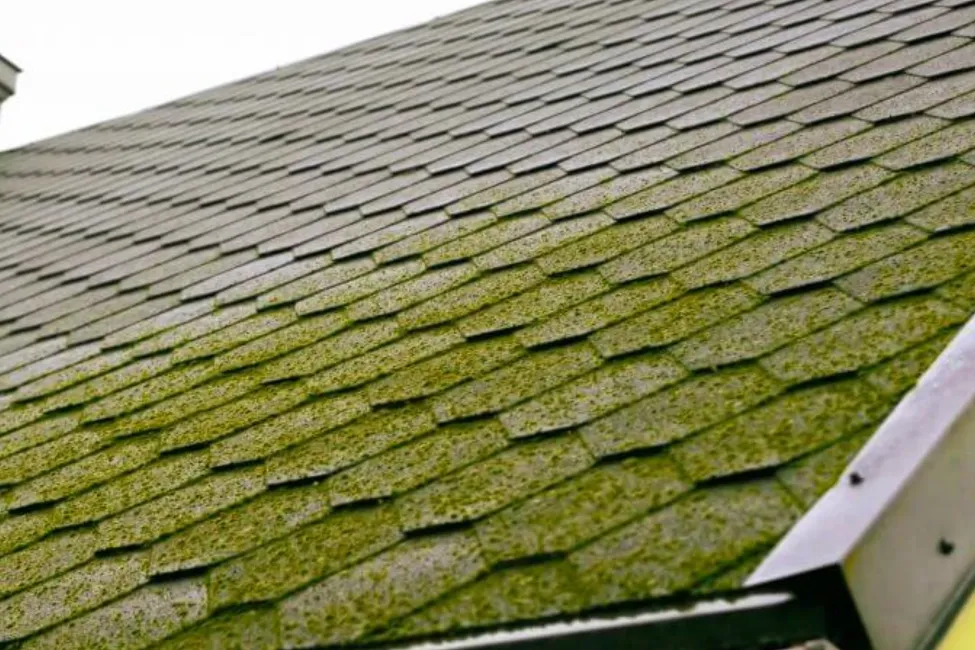
How Moss and Algae Impact Roof Longevity in the Pacific Northwest
In the lush, rainy climate of the Pacific Northwest, homeowners in cities like Seattle, Renton, and Tacoma face a unique challenge: moss and algae. While the green growth might look quaint from afar, it can be quietly damaging your roof.
Understanding how moss and algae impact roof longevity is essential for any homeowner who wants to preserve their investment and avoid costly repairs. Here's what you need to know and what you can do about it.
Why Moss and Algae Grow in the PNW
The Pacific Northwest is known for its cool, damp environment, a perfect breeding ground for moss and algae. These organisms thrive in shaded, moist areas, especially on north-facing roof slopes or areas shaded by trees.
Without regular roof maintenance, spores can take hold, especially on asphalt shingles and wood shake roofs.
How Moss Damages Your Roof
Moss may seem harmless, but it holds moisture like a sponge. That moisture can seep under shingles, degrading the roof structure, loosening granules, and accelerating rot.
Key Risks Include:
Shingle lifting and cracking
Water leaks and interior damage
Mold growth in attics
Reduced roof lifespan by 5–10 years
What About Algae?
Algae often appears as black streaks across your roof. While less immediately destructive than moss, it still poses risks. Algae feed on limestone filler in asphalt shingles, weakening them over time and darkening your roof’s appearance—which can hurt curb appeal if you’re planning to sell.
How to Prevent Moss and Algae Growth
Prevention starts with regular roof maintenance and good ventilation. Here are some actionable tips:
Trim Trees: Reduce overhanging limbs that block sunlight and trap moisture.
Keep Gutters Clean: Proper drainage reduces water retention on roof surfaces.
Install Zinc or Copper Strips: These metals inhibit moss and algae growth when rainwater washes over them.
Schedule Yearly Roof Inspections: Catch early signs before they become expensive problems.
Avoid Pressure Washing: It can strip away protective granules. Use soft washing with moss-killing solutions.
Does Moss Mean You Need a New Roof?
Not always—but it could be a sign that your roof is at the end of its life if moss is widespread and recurring. If you’ve cleaned it multiple times and still face damage, a replacement may be more cost-effective.
At Roofing Experts 360, we help homeowners in the Pacific Northwest get fast, honest evaluations and free estimates.
Protect Your Roof. Protect Your Home.
Don’t let moss and algae slowly erode your roof’s lifespan. If you're seeing green growth or black streaks on your shingles, it’s time to act.
✅ Ready to check your roof's health?
Get a free estimate today and connect with a certified local roofer near you.
